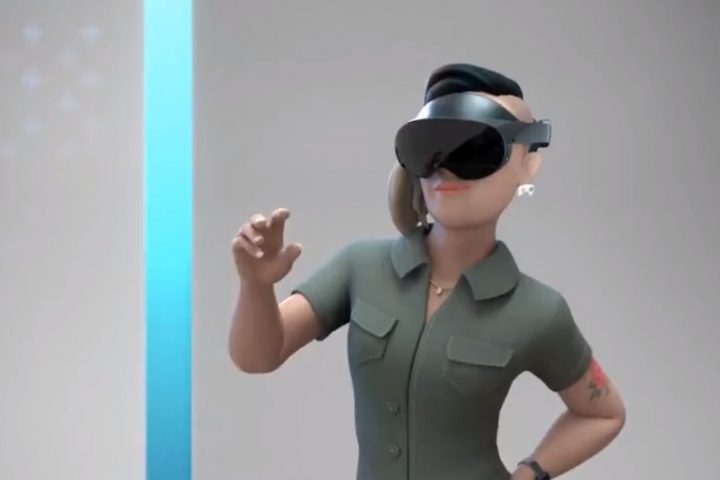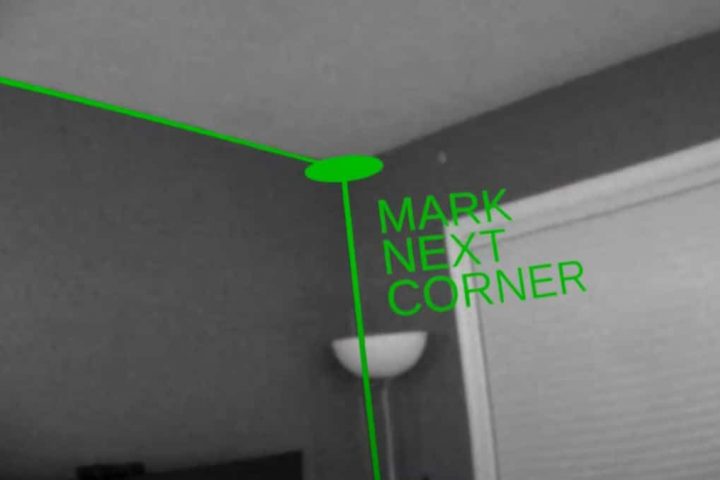VLC 360 was created through a partnership between VideoLan and the hardware company Giroptic. Giroptic is the creator of the “360Cam,” a $499 360 video and still image camera.
VLC 360 works using Google’s specs for spatial media. The full list of features for the new platform includes:
- Playback of 360 Videos following the Spatial Video spec
- Playback of 360 Photos and Panoramas following the Spherical spec
- Display modes with Zoom, Little planet and Reverse little planet
- Control it with your Mouse and Keyboard
- Open Source and Cross-platform, accelerated with OpenGL and Direct3D11
VLC will unfortunately not be able to integrate with YouTube’s many 360 videos through the platform’s network stream feature. Video Lan President Jean-Baptiste Kempf told PC World that support of this type is dependent upon Google. “When YouTube will export videos with the 360 metadata standard, they will play directly,” Kempf said.
360 images and videos is not the extent of VLC’s immersive plans. The platform has a stated interest in moving deeper into arenas such as virtual reality in 2017. When it comes to VR, Video Lan’s official position is that:
“Future releases of VLC with 360 features will be available for Android, iOS and Xbox One. Mobile versions will use the phone sensors to navigate inside the videos.
VLC will probably support VR headsets like Vive, Daydream, Oculus or OSVR, in 2017.
VLC will also get 3D audio playback, including head tracking headphones. We’ll keep you posted.”
Tagged with: 360, 360 video, media, media player, video, VLC




